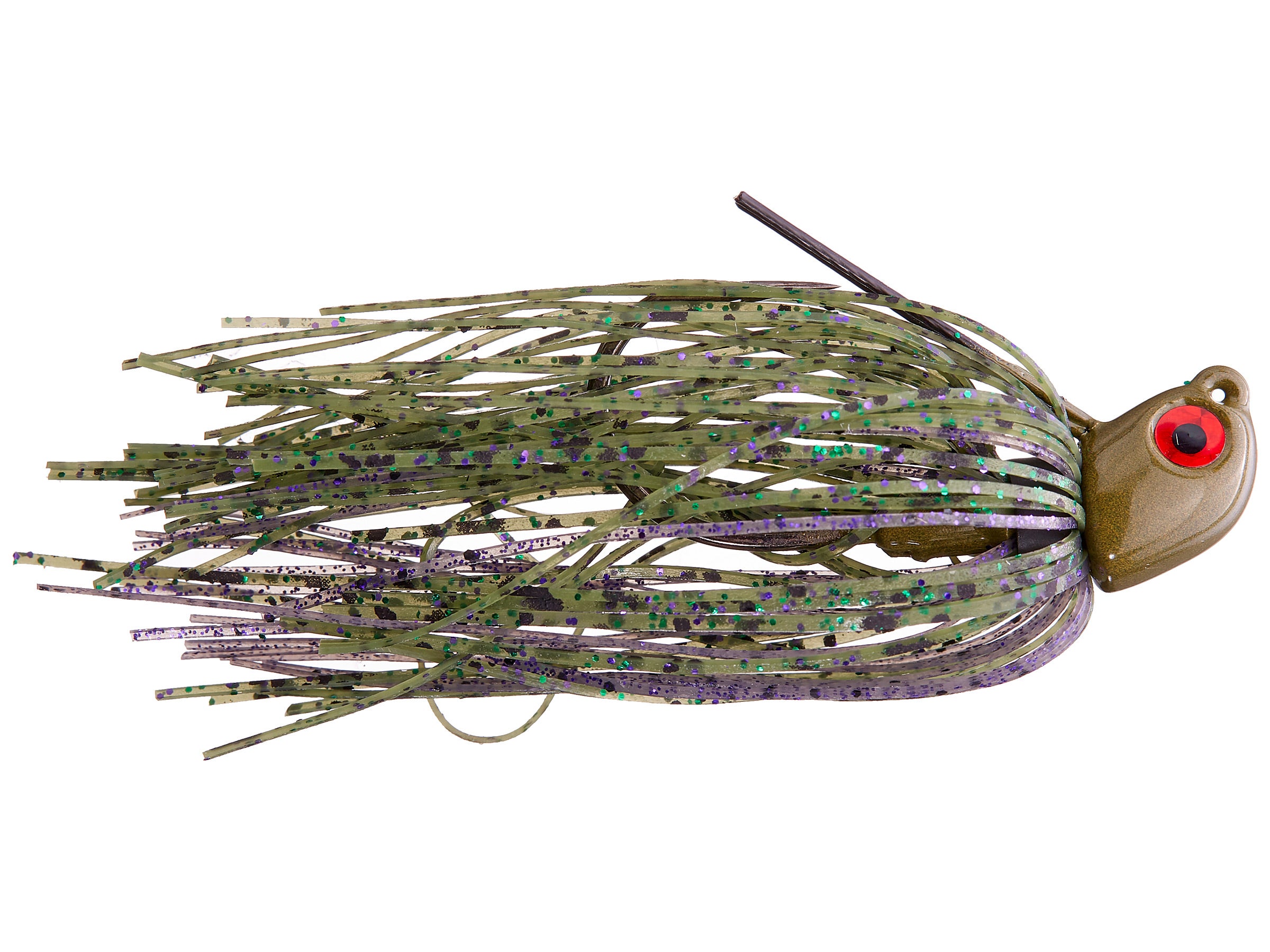
#Rhode pro caster pro
It's so intuitive and so easy, and if you make podcasts regularly RodeCaster Pro could save you a lot of time and hassle. Rode are actively monitoring user feedback and plan to develop the firmware further, but I'm sworn to secrecy. It seems stable and adds so much useful functionality that once I'd installed it I didn't look back, so that version forms the basis of this review. At the time of writing, the latest official firmware was v2.0.4, but Rode seem to have adopted an approach whereby they make a more recent public beta available alongside the latest official version. That said, there's much more to it, particularly since the most recent firmware was released. My daughter would never forgive me for saying that this means the RodeCaster Pro is 'idiot proof', but it does, I hope, demonstrate that basic operation of the RodeCaster Pro is incredibly intuitive. I plugged in a second mic, and she found balancing the levels easy, and then quickly figured out the sampling Sound Pads.
#Rhode pro caster how to
Despite having no recording experience, it took her only three or four minutes to hook things up and figure out how to record. To test that, I laid a dynamic mic, an XLR cable, some headphones and the RodeCaster Pro before my eight-year-old daughter and challenged her to plug things in and record something. Rode have thought really hard about the market for this product, which extends well beyond the typical audio engineer or self-recording musician, and have designed it to be easy for anyone to use. But using the RodeCaster Pro is a very different experience from using a typical digital mixer. For example, there's wired and wireless smartphone connectivity, digital multitrack recording over USB or direct to a microSD card, and a built-in sampler with trigger pads for sound effects. In essence, the RodeCaster Pro is a digital mixer with some facilities aimed squarely at the podcast community. The hardware remains the same but firmware upgrades have extended the functionality considerably. Regular readers may be experiencing deja vu at this point, so I should explain that we appraised an earlier version back in SOS April 2019 issue. This is where Rode's RodeCaster Pro comes in. If you cater for each need as it arises, the costs can escalate and setting up can grow complex. You might also want to integrate contributors over the phone or on video calls. With different voices, different mics and sampled sounds, you probably want a mixer, so you can easily adjust the balance on the fly. If you plan on producing radio-style shows, you might want a way to trigger sound effects as you go of course, you could add such things in post-production, but it takes time and you don't capture the reaction of your guests. For example, when recording multiple people in the same room, you'll need mics, an interface with sufficient preamps, and a headphone out and preferably a level control for each participant.


The simplest podcast may require little more than a USB mic and a computer, but some projects demand more in terms of gear. Rode's one-stop podcasting shop continues to evolve.


 0 kommentar(er)
0 kommentar(er)
